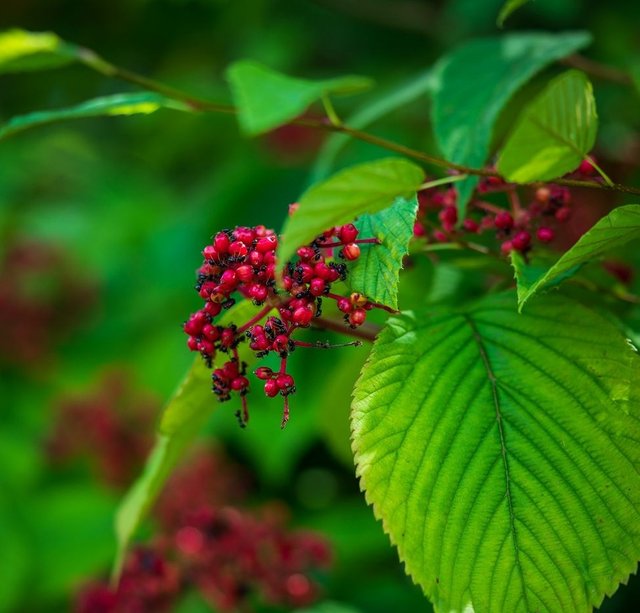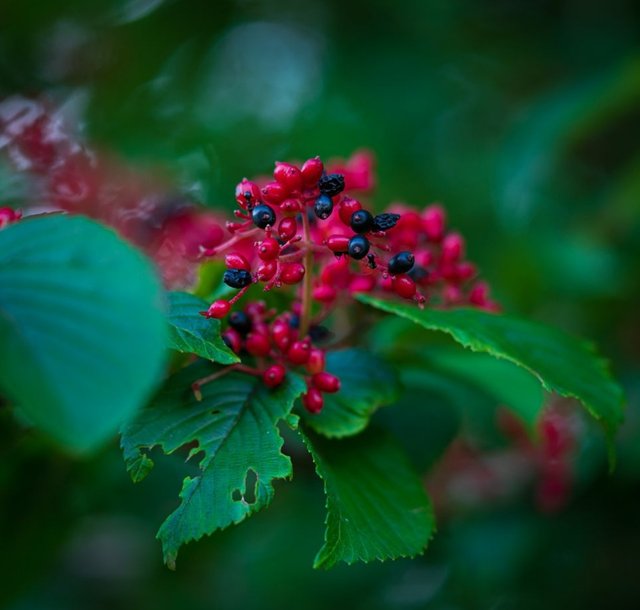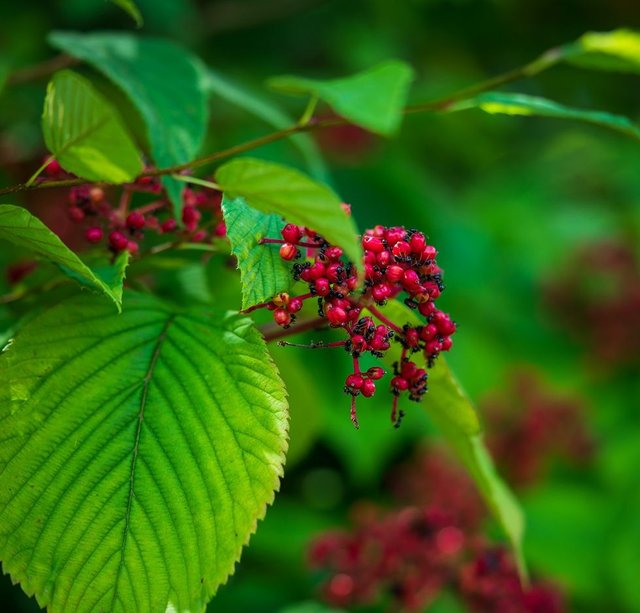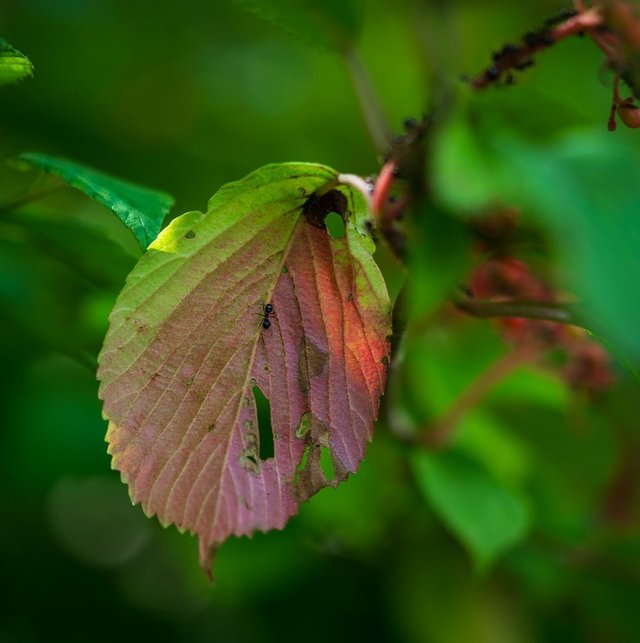North China red elder, scientifically known as Sambucus williamsii, is a notable plant species endemic to the northern regions of China. It belongs to the elderberry family and is recognized for its distinctive features and ecological importance.
Physical Characteristics
The North China red elder is a deciduous shrub or small tree that can reach heights of up to 5 meters. Its leaves are pinnate, typically composed of 5-7 leaflets with serrated edges, which can vary in color from a deep green to a reddish hue, especially in the fall. The plant is known for its striking clusters of small, reddish to purplish berries that are a defining characteristic. These berries are produced in dense, flat-topped clusters and ripen in late summer to early autumn.
The flowers of the North China red elder are small and cream-colored, appearing in large, flat-topped clusters, often referred to as corymbs. These flowers are pollinated by various insects, including bees and butterflies, which are attracted to their fragrance.
Habitat and Distribution
As its name suggests, the North China red elder thrives in the northern regions of China, including the provinces of Hebei, Shanxi, and Shaanxi. It typically grows in a variety of habitats, ranging from forest edges and scrubland to riverbanks and hilly areas. The plant prefers well-drained soils and can often be found in both sunlit and partially shaded environments.
Ecological Significance
The North China red elder plays a vital role in its native ecosystems. Its berries are an important food source for various bird species, including thrushes and sparrows, which help in the dispersal of the seeds. Additionally, the plant provides habitat and shelter for various small mammals and insects.




Thanks For Reading
Device Information
| Device | Redmi Note 10 Pro |
|---|---|
| Lens | 64 mp |
| Location | Bangladesh |
